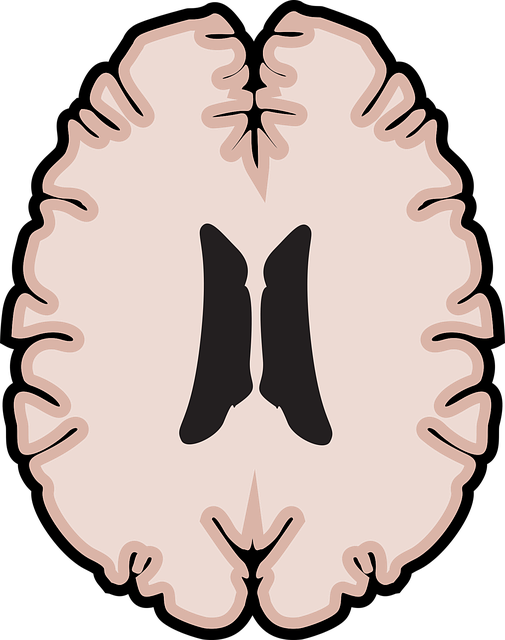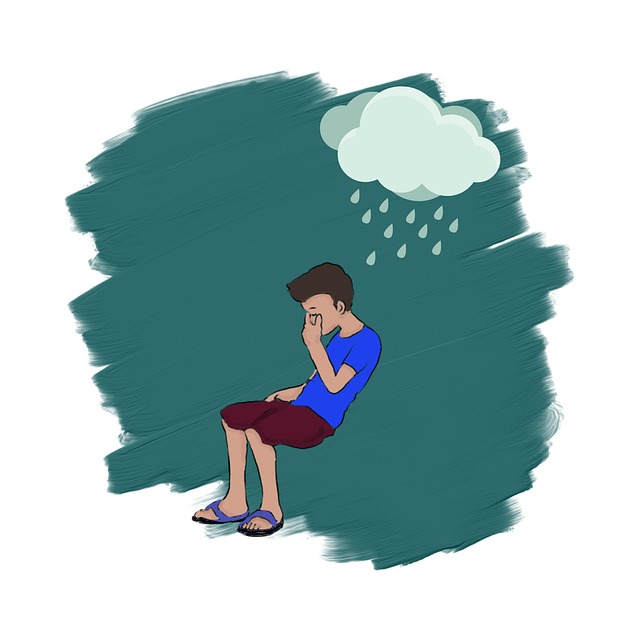Children and caregivers constitute a unique market segment for mental wellness apps, with specific needs for evidence-based therapies like DBT. 'Therapy for Children with DBT' stands out as a specialized solution, integrating mindfulness, emotion regulation, and distress tolerance to empower both children and parents. Effective marketing involves public awareness campaigns, showcasing success stories, robust risk management, engaging content strategies, and strategic digital promotion on social media platforms. By addressing emotional well-being through tailored, holistic approaches, mental wellness apps can build trust and encourage user engagement.
In today’s digital age, mental wellness apps are transforming the way we support children’s emotional well-being. This article provides a comprehensive marketing strategy development guide for apps focused on Therapy for Children using Dialectical Behavioral Therapy (DBT). We explore key aspects such as understanding your target audience—children and their caregivers—and effectively positioning DBT therapy within this niche market. Additionally, we delve into content strategies for engagement and optimal marketing channels to reach and assist those in need.
- Understanding Your Target Audience: Children and Their Caregivers
- Positioning Therapy for Children with Dialectical Behavioral Therapy (DBT)
- Creating Engaging Content Strategies for Mental Wellness Apps
- Effective Marketing Channels for Reaching Your Niche Market
Understanding Your Target Audience: Children and Their Caregivers

Children and their caregivers are a unique demographic when it comes to mental wellness apps. It’s crucial to understand that children often struggle with expressing their emotions and needs, making them a vulnerable target audience. Caregivers, likewise, juggle multiple responsibilities, which can impact their own mental health and ability to support their children effectively.
Marketing strategies for therapy apps focused on this group should emphasize the benefits of Dialectical Behavioral Therapy (DBT) and similar evidence-based approaches designed for both children and caregivers. Highlighting features that teach mood management, positive thinking, and conflict resolution techniques can be appealing. By catering to the specific needs of this audience and demonstrating the app’s ability to support their mental wellness journey, developers can create a compelling narrative that resonates with parents and children alike.
Positioning Therapy for Children with Dialectical Behavioral Therapy (DBT)

In the competitive landscape of mental wellness apps, positioning Therapy for Children with Dialectical Behavioral Therapy (DBT) offers a unique selling point. DBT, known for its effectiveness in treating borderline personality disorder, has been adapted to cater specifically to children and adolescents, addressing their unique emotional needs. By highlighting this specialized approach, app developers can tap into the growing demand for evidence-based interventions targeting younger populations.
The integration of Mind Over Matter principles within the app’s framework further strengthens its appeal. Educating both children and parents on mindfulness techniques, emotion regulation, and distress tolerance empowers them to actively participate in their mental wellness journey. Public Awareness Campaigns Development can be leveraged to showcase success stories and dispel myths surrounding DBT, fostering a sense of trust and encouraging users to embrace the app’s therapeutic benefits. Moreover, robust Risk Management Planning for Mental Health Professionals ensures safe and ethical practices, addressing a critical concern for both parents and healthcare providers.
Creating Engaging Content Strategies for Mental Wellness Apps

Creating engaging content strategies is essential for the marketing success of mental wellness apps, especially when targeting a younger audience. Apps offering therapy for children, such as Dialectical Behavioral Therapy (DBT), require unique and captivating approaches to connect with their primary users—kids and their parents or guardians. Content should be designed to educate, inspire, and motivate young minds while addressing the specific challenges they face. Incorporating interactive elements like videos, games, or relatable stories can make these therapy sessions more enjoyable and accessible. For instance, a mental wellness app could develop a series of animated videos depicting common childhood emotions and healthy coping mechanisms, making complex therapeutic concepts easier to grasp for both children and their caregivers.
Emphasizing the long-term benefits of early intervention in burnout prevention is another powerful content strategy. By showcasing how these apps contribute to emotional well-being promotion techniques, parents are more likely to encourage their children to engage. Highlighting success stories or testimonials from families who have benefited from such programs can be persuasive. Additionally, incorporating practical tips and resources for mental wellness coaching programs development ensures that users not only learn about therapy but also gain actionable tools they can apply to their daily lives, fostering a sense of empowerment and self-care.
Effective Marketing Channels for Reaching Your Niche Market

Reaching your niche market of parents seeking therapy for children and those interested in Dialectical Behavioral Therapy (DBT) requires a strategic marketing approach that combines traditional and digital channels. Social media platforms like Facebook, Instagram, and Pinterest can be powerful tools to connect with this audience, as they allow for targeted advertising and the sharing of engaging content related to emotional well-being promotion techniques.
Content marketing is key; creating blogs, videos, or podcasts offering insights into DBT practices, success stories, and expert advice on risk assessment for mental health professionals can build trust and position your app as a valuable resource. Additionally, partnering with influencers or organizations specializing in child mental health and hosting online workshops on stress management can further expand your reach. These strategies collectively contribute to raising awareness about the app’s unique value proposition while establishing itself as a go-to solution for those seeking support.
In developing a marketing strategy for mental wellness apps, particularly those focusing on dialectical behavioral therapy (DBT) for children, understanding your audience—children and their caregivers—is key. By creating content that engages and resonates with this niche market, you can effectively position therapy as accessible and beneficial. Utilizing the right marketing channels ensures your app reaches those who need it most. With a well-rounded strategy that incorporates these essential elements, you can make a significant impact on children’s mental wellness.














